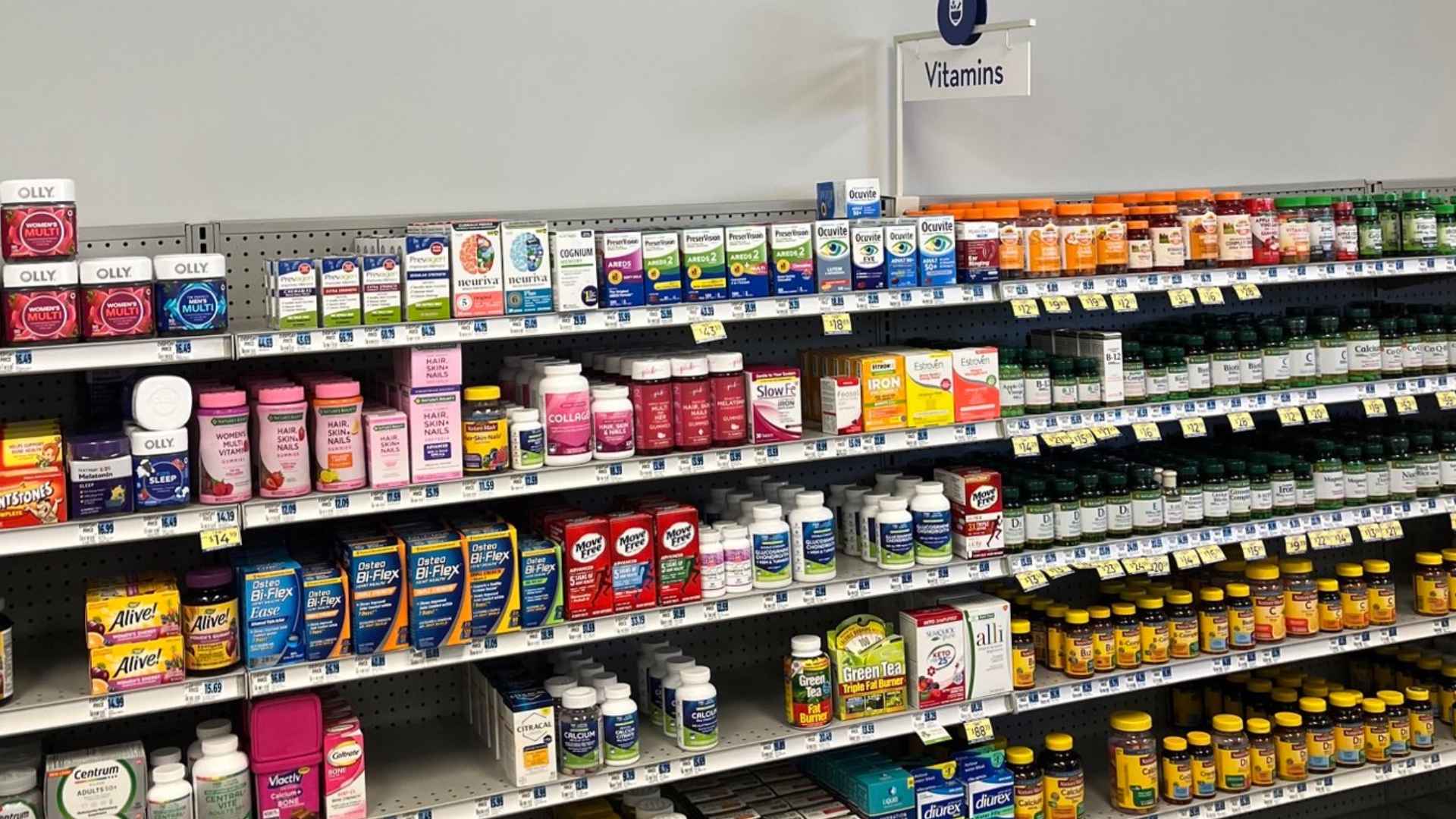The seventh wave of closures takes the chain past 800 shuttered locations, tightening access to neighborhood pharmacies from California to Pennsylvania.
Rite Aid’s latest court notice, filed June 13 in New Jersey bankruptcy court, adds 125 stores to its closure roster, bringing the total announced since 2023 to 829. Customers in 13 states will soon find “pharmacy closed” signs, while employees scramble for transfers or severance before doors lock for good.
Why Rite Aid is accelerating its aggressive store‑closing campaign now
The once‑ubiquitous chain has been under water since the pandemic, weighed down by inflation, pricier borrowing costs, and a fierce fight for prescription volume. Remember when every strip mall had a Rite Aid? Rising wages and repayment deadlines turned those locations from community fixtures into liabilities almost overnight.
So what happened? A second Chapter 11 filing on May 5, 2025, created “New Rite Aid LLC,” giving management fresh authority to liquidate hundreds of lagging stores instead of patching them up yet again.Walgreens and CVS trimmed footprints earlier, but Rite Aid’s strategy is starker: wipe out almost half its remaining outlets this year and evaluate the rest for sale or shutdown.
How the latest 125 shutdowns reshuffle drugstore access across key states
Before you head out for refills, check whether your local counter is on the chopping block. The newest list hits coastal and Rust Belt regions hardest:
| State | Stores closing | Cumulative 2023‑25 closures |
|---|---|---|
| California | 56 | 237 |
| New York | 24 | 121 |
| Pennsylvania | 19 | 233 |
| New Hampshire | 11 | 37 |
| New Jersey | 4 | 35 |
| Washington | 4 | 52 |
| Delaware | 2 | 23 |
| Maryland | 2 | 15 |
| Connecticut | 1 | 7 |
| Ohio | 1 | 2 |
| Virginia | 1 | 25 |
Need to verify a prescription transfer? Customers can call Rite Aid’s dedicated hotline or visit the company’s online locator, updated daily during the wind‑down.
What it means for shoppers, employees and competing pharmacy chains in 2025
Shoppers may face longer drives and crowded lines at remaining outlets, but they also gain leverage: rivals eager for new foot traffic are rolling out $5 coupon books and expedited vaccine clinics. Employees, meanwhile, should review transfer offers quickly—vacancies at surviving stores are filling fast. These are the next steps for affected groups:
- Patients – Move recurring prescriptions at least two weeks before a scheduled refill.
- Seniors on Medicare Part D – Compare preferred‑network copays; your cheapest option could migrate to a supermarket pharmacy.
- Laid‑off staff – File state unemployment claims immediately and explore Walgreens/CVS hiring fairs starting July 1.
- Community leaders – Petition zoning boards to attract independent pharmacists into newly vacant retail space.
Rite Aid’s seventh closure notice shows the bankruptcy court is likely to green‑light even more shutdowns before summer ends, potentially pushing total closures above 1,000. For communities losing their only pharmacy, planning ahead—whether that means transferring prescriptions, scouting alternative employers, or lobbying for replacements—isn’t just smart, it’s urgent.

